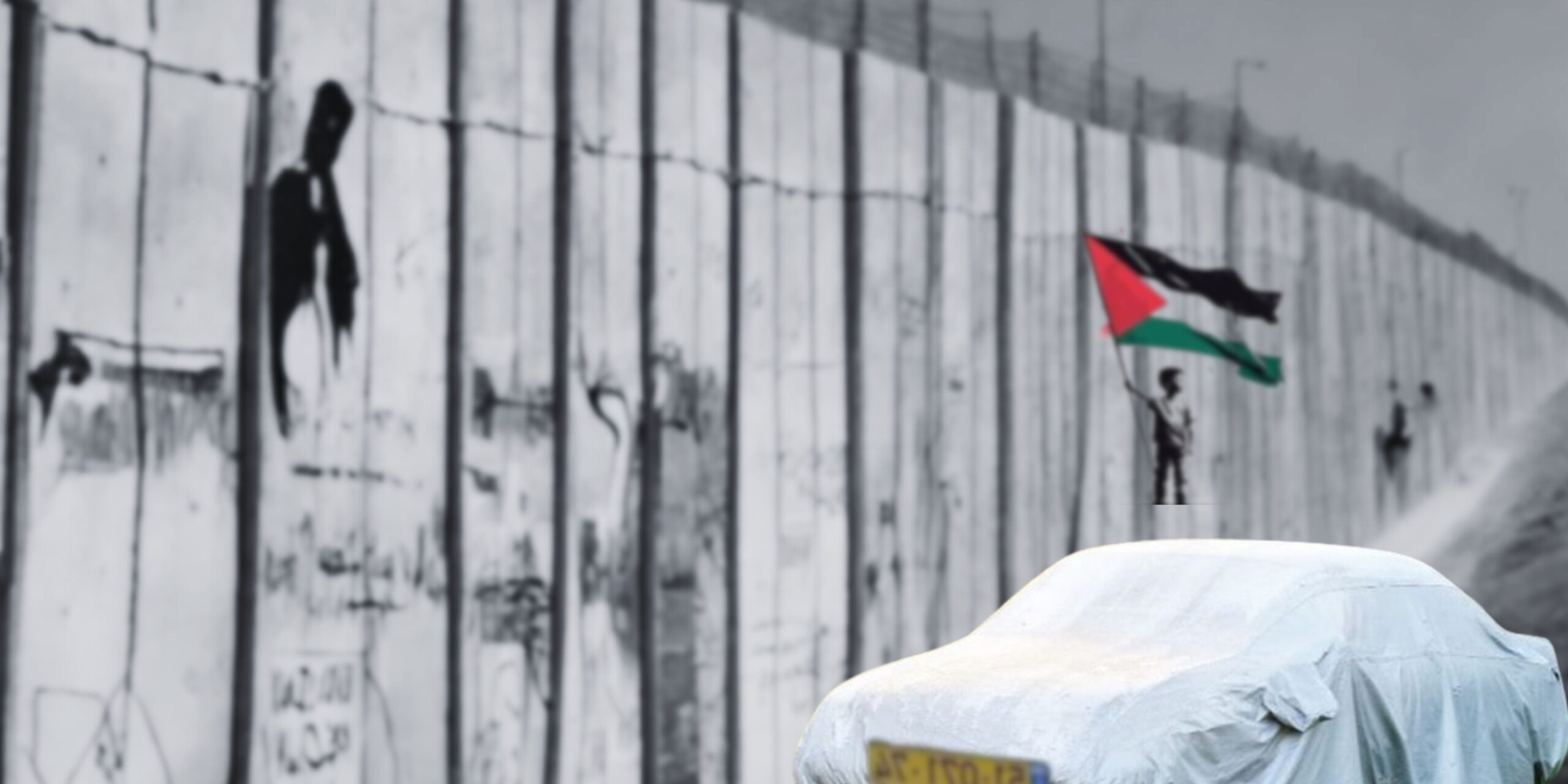By Colleen Gillard and Georgia Wells
Originally published on Bikya Masr.
When what was expected to be a small protest in Cairo’s Tahrir Square became massive and nationwide, journalists inside and outside Egypt were unprepared.
“No one anticipated January 25th,” said former director general of the Al Jazeera news network Wadah Khanfar at a Feb.24 talk at the Massachusetts Institute of Technology on how social media used during protests in Cairo’s Tahrir Square have permanently changed the journalism industry.
“Al Jazeera was overwhelmed,” Khanfar said. “We had maybe three to four correspondents on the ground. There was no way we could cover a movement that size.”
But, even as former President Hosni Mubarak threw journalists out of the country, a rich amount of material from the street began coming in over the Internet via Facebook and Twitter. Much of it, most of it—photos, videos, tweeted accounts—began to hit the Internet in almost real-time from participants, said Mohamed Nanabhay, head of Al Jazeera English Online, also on the forum’s panel.
Al Jazeera editors initially worried about how to authenticate the visual and verbal accounts suddenly pouring in, but decided the importance of the story in the face of their limited resources justified airing such citizen reports.
We decided to just let it happen and trust our audience to sort it out, Khanfar said.
That moment heralded a new “journalism ecosystem,” he said. “We suddenly had 4,000 people on the streets reporting for us, up-loading photos, videos, eyewitness accounts.”
Over “75 percent of the important videos we were featuring during this time were taken on cell phones,” Nanabhay added.
There were other benefits too: Twitter’s vitality and instantaneous delivery handily beat the long lead-time demanded by print and broadcast news. Soon people were not only using Twitter to share news, but also using it as an alternative source of news. “Citizens on the street were beating us as a timely source,” said Nanabhay, “finding out and sharing what was happening before we did.”
Meanwhile Nanabhay was using Internet tools to track viewer interest in Al Jazeera’s newsfeed. “We noticed early on that while over January we were focusing in the news room on covering Palestinian developments, our viewers were suddenly shifting to Egypt in a big way. This real-time feedback on what the audience wanted to hear began to drive our coverage as never before. In a sense, they were finding the story before we were and guiding us to it.”
Nonetheless this form of un-vetted reporting, while now mainstream, still poses unresolved questions about how editors and journalists should properly integrate social media material into more traditional journalism reports, Khanfar cautioned.
Regarding the number of revolutions erupting around the Middle East, he credited the rise of the Internet with helping to inspire the Arab Spring through introducing young people throughout the Middle East to an explosion of democratic concepts. Urban youth in particular soon began to demand the freedom and democracy they were seeing elsewhere in the world.
By its nature, social media is democratic. Social networks are structured on egalitarian and democratic values of social and political participation, he said. There are no barriers to entry. The costs of collaboration are zero. Your significance is based on your voice. Those with the most important things to say are rewarded by the audience. Contribution is commitment, which means you regard yourself as involved and committed when you go online. Others see they are not alone, by watching in real time how the movement they are joining is growing.
When such groups moved from virtual online communities to the streets, he said, they challenged entrenched power structures which were as surprised as the protestors themselves were at the power the Internet had unleashed. But no one really anticipated what this would lead to. No one anticipated Jan. 25, he said.
The talk, co-sponsored by the Beckman Center for Internet and Society at Harvard University and other academic groups, was entitled: “One Year after Mubarak: The Past and Future of the Arab Spring.”








